Facilities
Device Modeling Lab offers a host of software facilities for research and development.
Sentaurus TCAD
Technology Computer-Aided Design (TCAD) refers to using computer simulations to develop and optimize semiconductor processing technologies and devices. TCAD simulation tools solve fundamental, physical, and partial differential equations, such as diffusion and transport equations for discretized geometries, representing the silicon wafer or the layer system in a semiconductor device. This deep physical approach gives TCAD simulation predictive accuracy. Therefore, it is possible to substitute TCAD computer simulations for costly and time-consuming test wafer runs when developing and characterizing a new semiconductor device or technology. TCAD simulations are used widely in the semiconductor industry. As technologies become more complex, the semiconductor industry relies increasingly more on TCAD to cut costs and speed up the research and development process. In addition, semiconductor manufacturers use TCAD for yield analysis, that is, monitoring, analyzing, and optimizing their IC process flows, as well as analyzing the impact of IC process variation. TCAD consists of two main modules: process simulation and device simulation.
1. Process Simulation
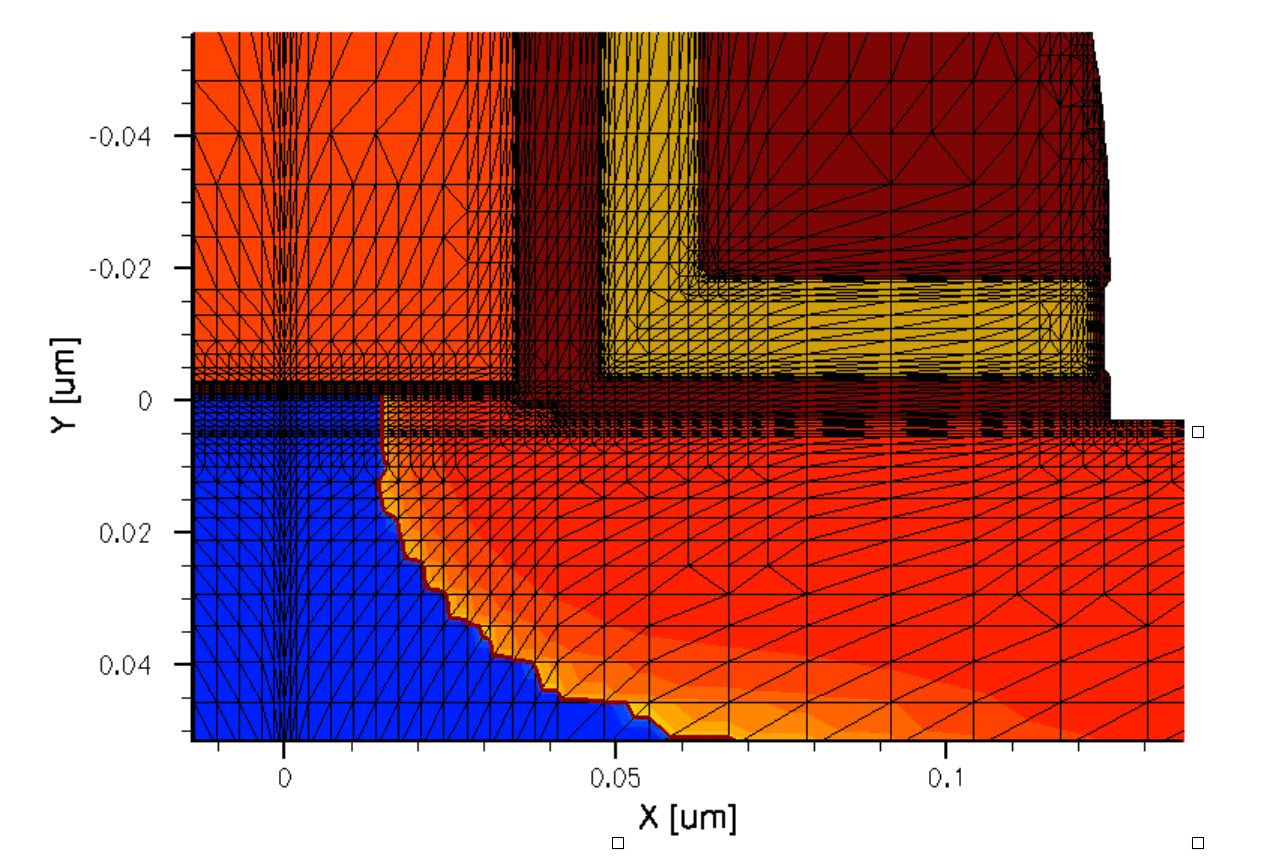
In process simulation, processing steps such as etching, deposition, ion implantation, thermal annealing, and oxidation are simulated based on physical equations, which govern the respective processing steps. The simulated part of the silicon wafer is discretized (meshed) and represented as a finite-element structure.
2. Device Simulation
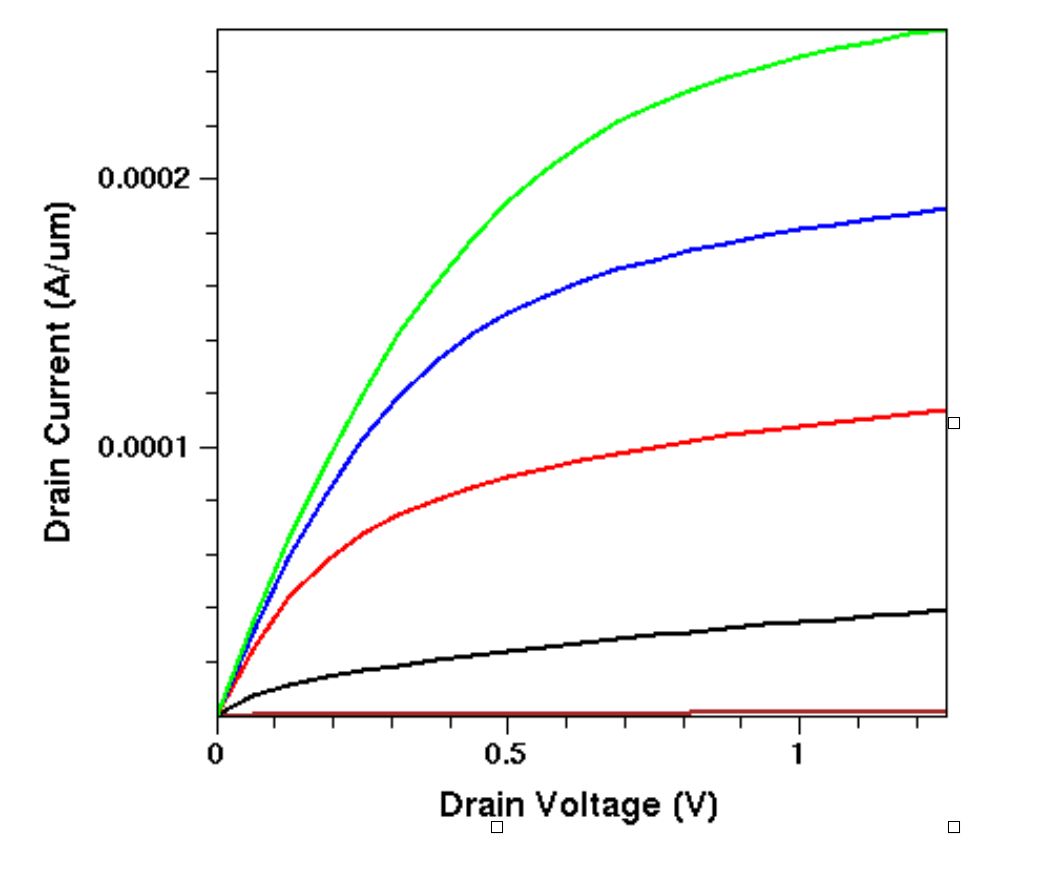
Device simulations can be thought of as virtual measurements of the electrical behavior of a
semiconductor device, such as a transistor or diode. The device is represented as a meshed
finite-element structure. Each node of the device has properties associated with it, such as material
type and doping concentration. For each node, the carrier concentration, current densities, electric
field, generation and recombination rates, and so on are computed.
Electrodes are represented as areas on which boundary conditions, such as applied voltages, are
imposed. The device simulator solves the Poisson equation and the carrier continuity equation (and
possibly other equations). After solving these equations, the resulting electrical currents at the
contacts are extracted.
COMSOL Multiphysics
Comsol
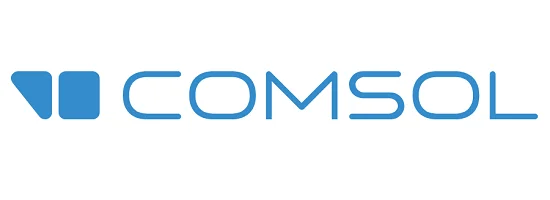
COMSOL Multiphysics is a powerful software package used primarily for accurately modeling and simulating physical systems, especially those involving multiple interconnected physical phenomena—spanning industries such as automotive, aerospace, electronics, biomedical, energy, and environmental engineering. Our COMSOL Multiphysics perpetual license consists of five modules, namely Semiconductor module, RF module, Plasma module, AC/DC module, and Ray Optics module.
Semiconductor Module
The Semiconductor Module in COMSOL Multiphysics provides a versatile platform for researchers, engineers, and designers to model, simulate, and optimize semiconductor devices and processes across various technological domains such as semiconductor device simulation, carrier transport, electrostatics and electromagnetics, heat transfer, quantum effects, material properties, process simulation, etc.
RF Module
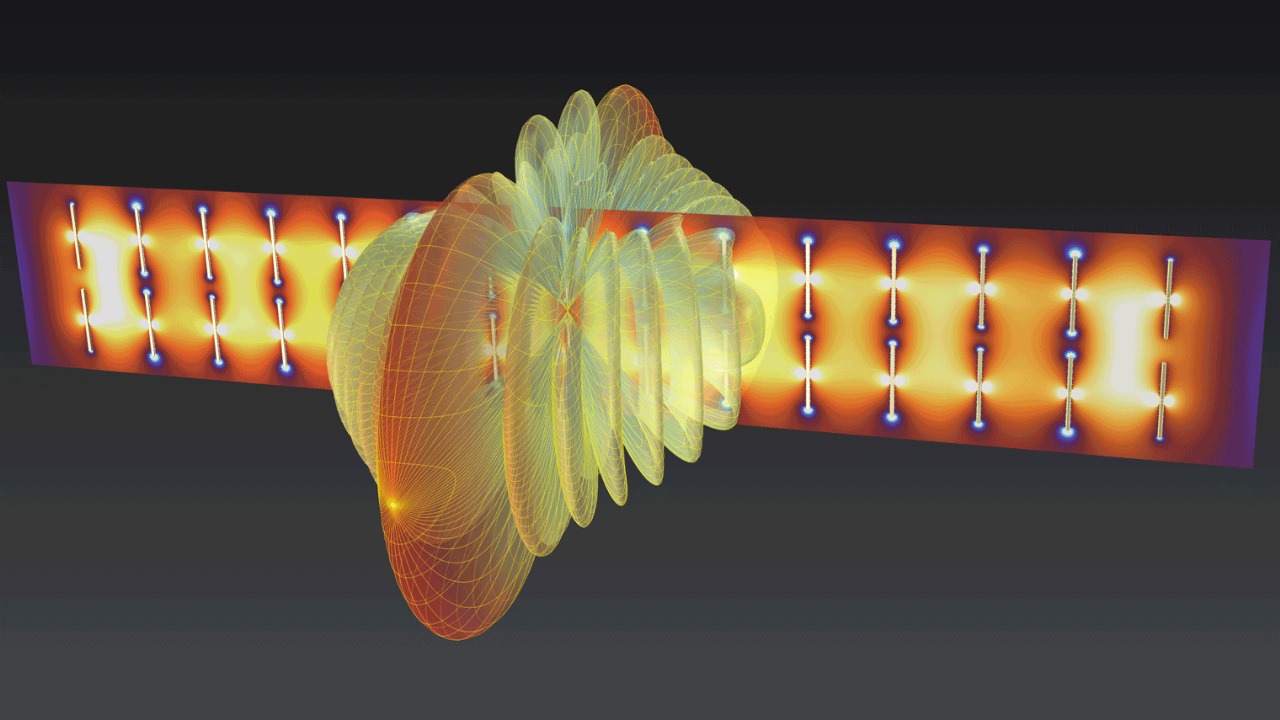
The RF Module in COMSOL Multiphysics provides a powerful platform for simulating and analyzing RF and microwave devices and systems, supporting both fundamental research and practical engineering applications across various industries and research fields such as electromagnetic wave propagation, antenna design and analysis, simulation of waveguide systems and RF components, electromagnetic interference (EMI) and compatibility (EMC), frequency domain and time domain analysis, etc.
Plasma Module
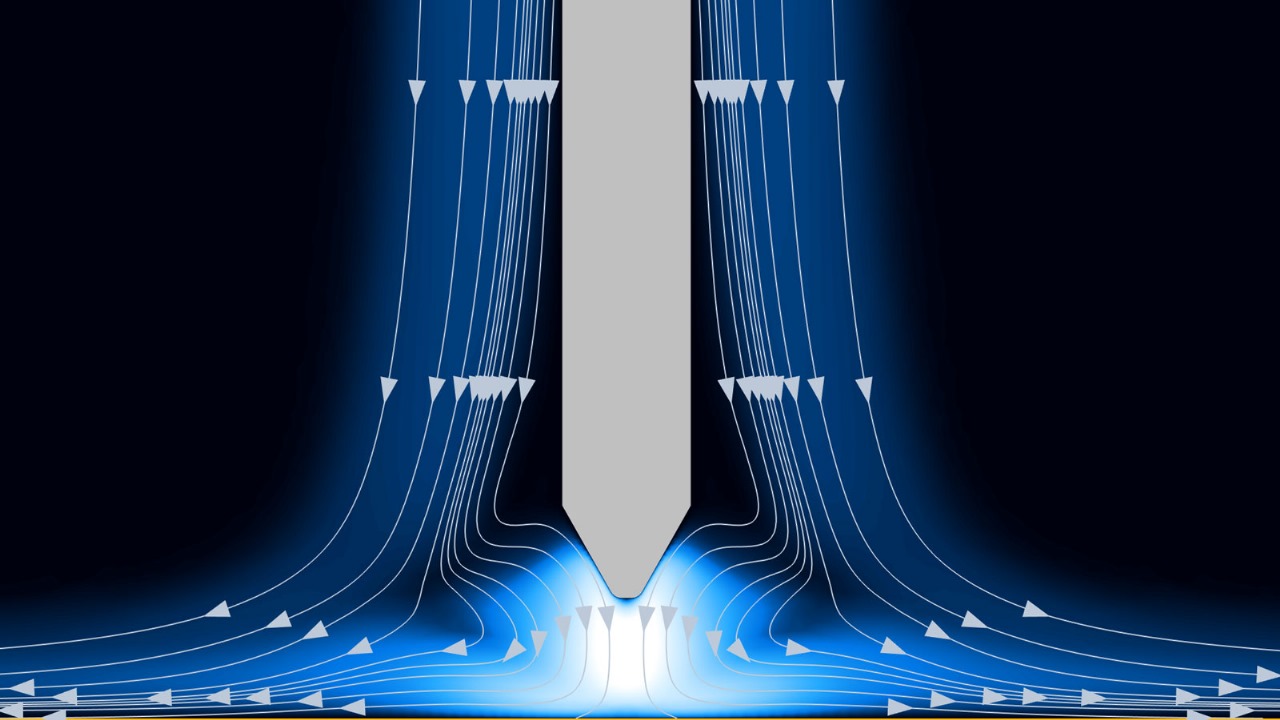
Vienna Ab Initio Simulation Package (VASP) is a powerful tool for researchers and is used for atomic scale materials modeling. It is based on density functional theory (DFT), which allows it to calculate the electronic structure and properties of materials. Some of the key features of VASP include electronic structure calculations, molecular dynamics, geometry optimization, phonon calculations, band structure and density of states.
AC/DC Module
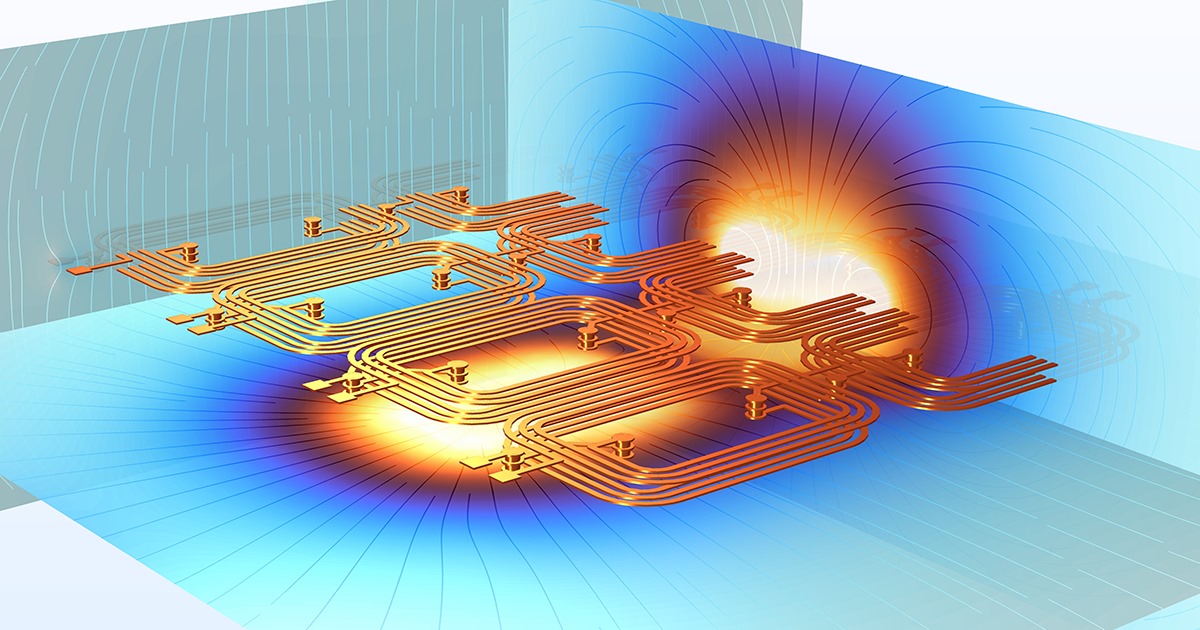
The AC/DC Module in COMSOL Multiphysics provides a powerful platform for simulating various electromagnetic phenomena and their interaction with electrical circuits, facilitating the design and analysis of electromagnetic devices and systems across various industries and research fields.
Ray Optics Module
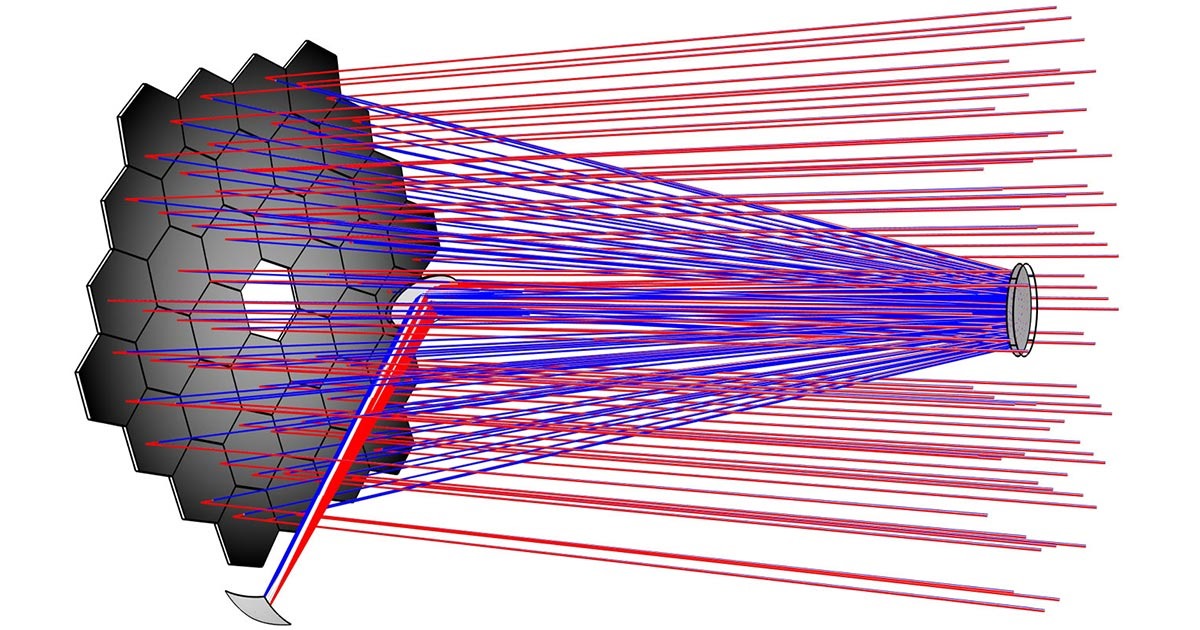
The Ray Optics Module in COMSOL Multiphysics provides a comprehensive environment for simulating and optimizing the performance of optical systems based on geometrical optics principles, aiding in the design and analysis of a wide range of optical devices and applications.
Atomistic Simulators
QuantumWise ATK
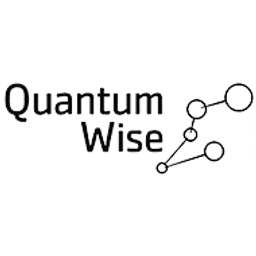
QuantumWise ATK (atomistic tool kit) is an atomistic simulator that uses density functional theory (DFT) and semi-empirical transport models for electronic structure generations and NEGF formalism for transport mechanisms.
VASP
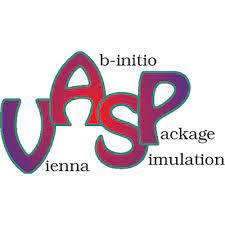
Vienna Ab Initio Simulation Package (VASP) is a powerful tool for researchers and is used for atomic scale materials modeling. It is based on density functional theory (DFT), which allows it to calculate the electronic structure and properties of materials. Some of the key features of VASP include electronic structure calculations, molecular dynamics, geometry optimization, phonon calculations, band structure and density of states.
